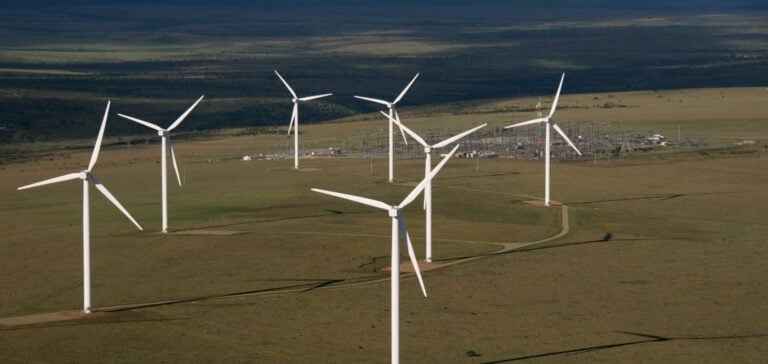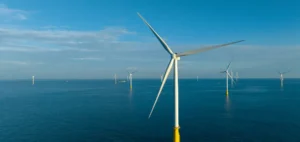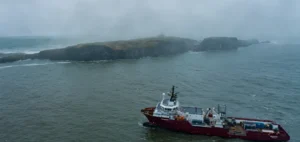Faced with challenges posed by energy price volatility and pressure on carbon emissions, the South African mining sector is seeking innovative solutions to balance profitability and sustainability. Copper 360, a company specializing in copper extraction, aligns with this trend through its acquisition of the Mulilo Springbok Wind Power (MSWP) project.
This wind energy project, with a capacity of 55 MW, is strategically located in Springbok, Northern Cape. The signed agreement includes an initial payment of 5 million rands (approximately 272,000 USD), supplemented by deferred payments of 1 million rands per MW installed. Having already secured the necessary environmental permits and completed feasibility studies, the project is set to be finalized by February 2025.
Renewable energy as an economic asset for the mining sector
Integrating renewable energy, such as wind power, into the mining sector offers significant competitive advantages. In particular, renewable energy systems (RES) are proving to be economical for isolated sites often dependent on expensive diesel generators. These generators, prone to price fluctuations, are increasingly being replaced by more stable and less polluting alternatives.
The MSWP project will enable Copper 360 to significantly reduce its energy costs. Furthermore, microgrids, which combine multiple renewable energy sources, enhance flexibility and adaptability for mining sites. This acquisition represents a major strategic shift, aligning Copper 360’s business model with contemporary economic and environmental demands.
An example for the industry
By investing in the MSWP project, Copper 360 is paving the way for a growing trend in the mining sector. The energy transition is no longer confined to ecological concerns: it is becoming a strategic lever to reduce costs and ensure operational resilience for businesses.
This initiative could also have a ripple effect on other mining companies operating in South Africa and beyond, which may adopt similar strategies to boost their competitiveness. In a context where regulatory pressures and stakeholder expectations are increasing, Copper 360 illustrates a proactive adaptation to the realities of the energy market.





















